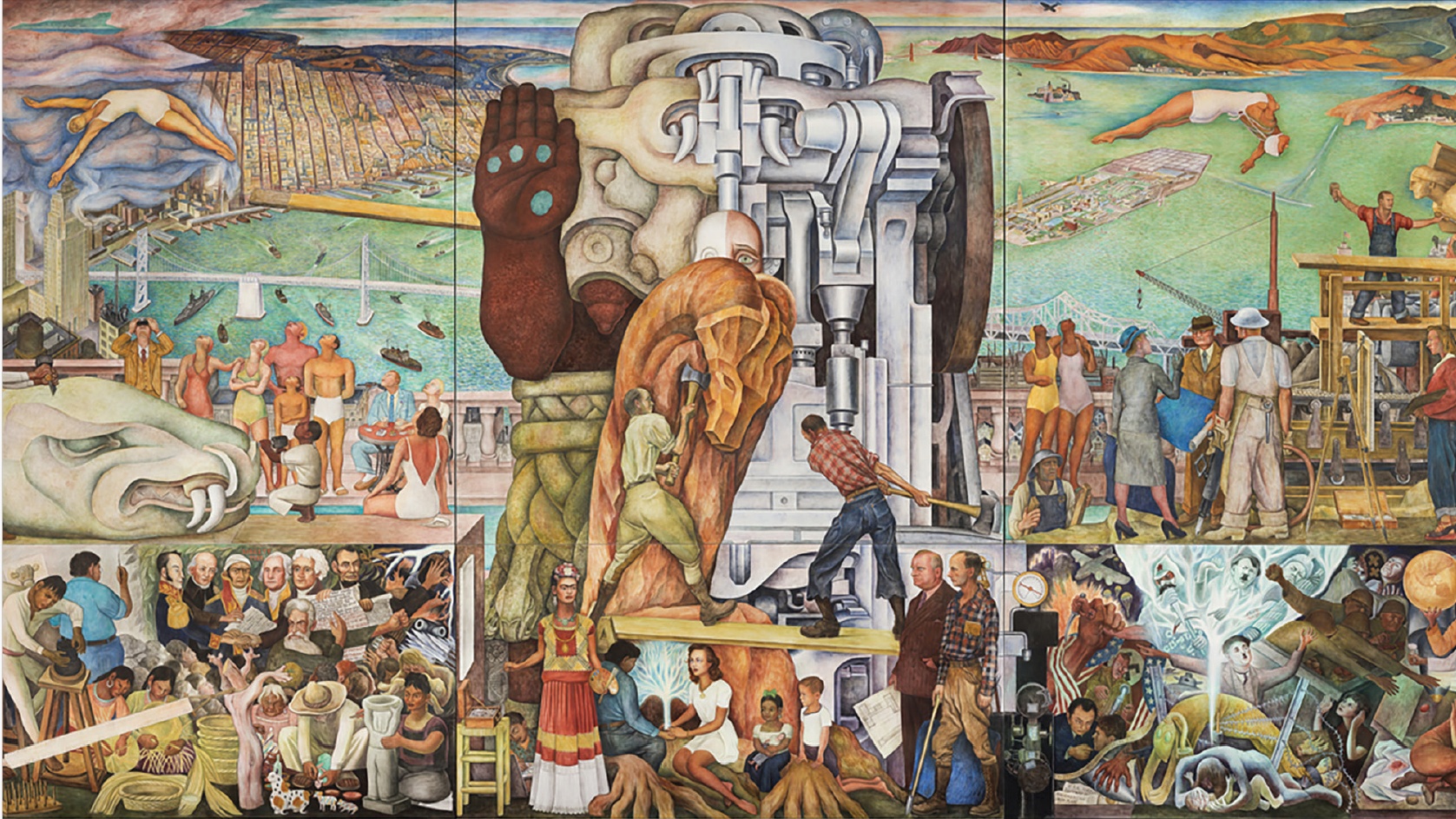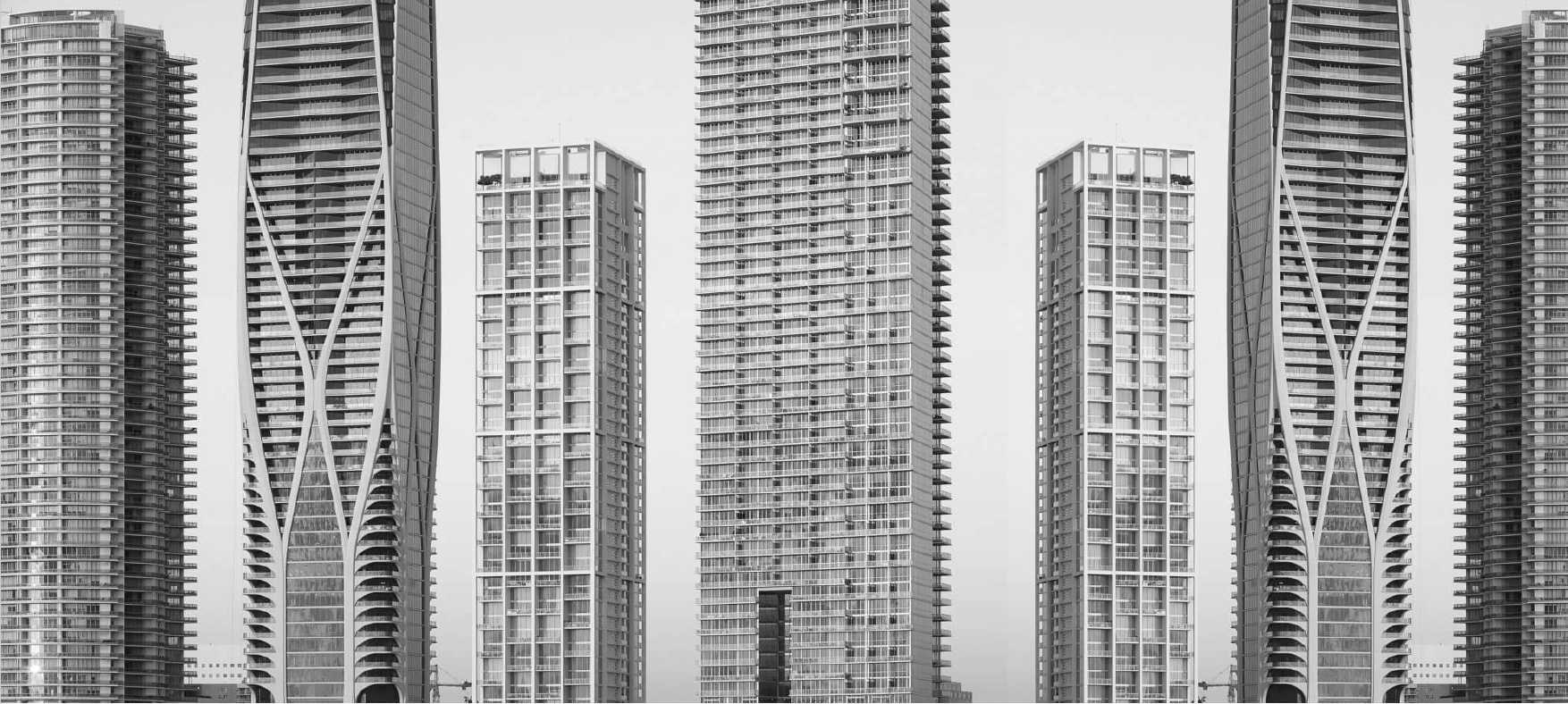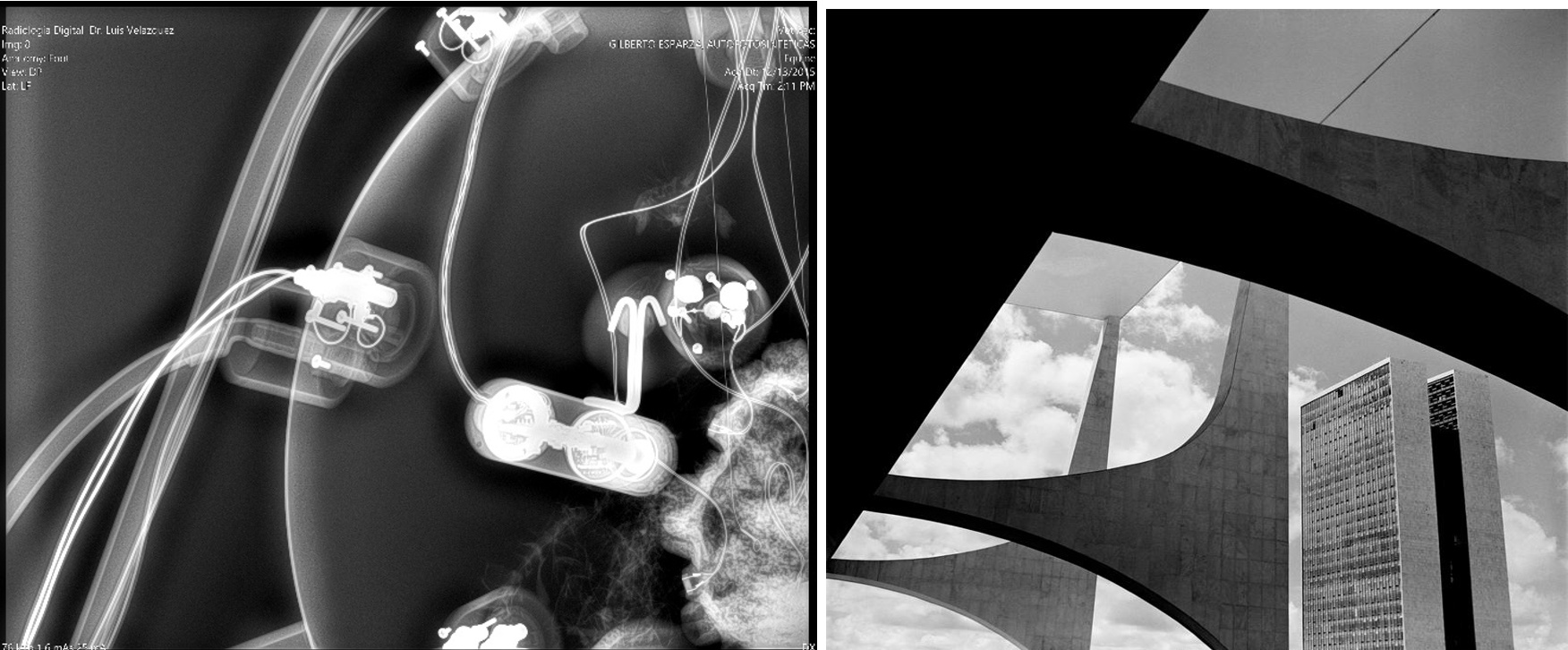Courses Taught

American Space: An Intertwined History of the Western Hemisphere
Why did Henry Ford build a utopian village in the Amazon? What is the Pan-American highway? Was abstract art a tool used by the CIA to stop the spread of communism? Rather than the history of nation-states, this class will focus on moments of international exchange to argue that the history of the Western Hemisphere is transnational and intertwined. The readings and discussions in this course will situate architecture within a variety of political regimes, including revolutionary governments, military dictatorships, and the contemporary neoliberal state. Weekly themes will include settler colonialism, indigenous technologies, migration, MoMA's role in US cultural imperialism, Pan-Americanism, dependency theory, labor, and exchanges in modern architecture. Not only will this class examine the history of architecture through transnational structural forces but it will also emphasize how American Space has been shaped by non-elites, such as laborers, students, and everyday citizens.

Architecture Capitalism and Justice
Authors, poets, politicians, filmmakers, and activists helped shape the cultural imagination of cities in the United States. Thomas Jefferson and Henry David Thoreau called the city a place of disease, corruption, and industry but others such as Jane Jacobs and Martin Luther King Jr., saw the city as a place for creativity, liberation, and community organization. Using the history of urbanism as a lens, one central goal of the course is to explore various interpretations of capitalism and provide a historical understanding of architecture’s role in the rise of the modern economy. This course is structured around major themes in a typical urban history survey, such as the ideas of well-known urban planners, the City Beautiful Movement, urban renewal, and the rise and fall of downtown. Rather than framing each of these through a conventional narrative of urban history, the readings and discussions in the course are used to demonstrate how these policy decisions and urban practices were often created through attempts to promote strategies of racial and territorial control, as seen in suburban fortresses, policing, redlining, and settler colonialism.

A Global History of Housing
Throughout the twentieth century, housing was a primary focus of professional architects. This isn’t true of all architects, but architectural survey courses taught at most architecture schools are filled with experiments in housing: From Villa Savoye and Frank Lloyd Wright to the Supercuadras in Brasilia, Metabolism in Japan, and mass housing in postcolonial nation-states. Beginning with Fredrick Engel’s Housing Question in the 19th century and ending with the 2008 housing crisis, this course will show how housing has been a tool for social, economic, and environmental justice at a global scale. However, this isn’t the whole story. Historians have also shown how housing has been used for new forms of governance and social control, suggesting the modern house is directly linked to the modern state, conceptions of gender, and social inequality. The lectures in this course will unpack this complicated history with topics such as industrialization, early translations of modern single-family homes, colonialism, mass public housing, American suburbia, solar housing, development aid, and contemporary architectural practices. By tracing the history of housing through the lens of architectural expertise, this course will show how architects have contributed to debates on housing on a global scale and how the history of housing is a global history.

Critical History of Artificial Intelligence
A famous architect once called a house “a machine for living in.” Others believed that once machines could think for themselves, technology would create a utopian world free of labor, nations, and war, or as the poet Richard Brautigan said, we would live in a world “all watched over by machines of loving grace.” Of course, you have probably also heard more dystopian fears: the end of professional architects, increased social control through surveillance, the deepening of social inequality, and the extreme environmental cost of data centers. Either way, in the near future, Artificial Intelligence (AI) will become a heated debate in architecture schools and the profession. This course will offer a social and intellectual history of the relationship between AI and architecture, spanning from early ambitions in the 1950s to our current fascination with decision-making software. Rather than a general history about origins, conferences, and programmer’s names, this seminar will situate this history within a more complex understanding of technology’s role in shaping the built environment, such as through changes to design research, labor law, environmental justice, and development policy. Each week, the readings and discussions will be informed by critical theory, ecology, science fiction, history of computation, information science, gender, and postcolonial studies. The writing assignments will ask students to critically analyze the work of architects, policymakers, utopian writers, and entrepreneurial developers who have used AI to design, organize, or imagine the built environment.

Art and Architecture in Modern Latin America
This seminar will use art and architecture as a lens to better understand Latin America's social, political, cultural, and economic history in the 20th century. Weekly themes will include changes in conceptual art, new forms of media, indigenous technologies, modern architecture, housing, and urban design. The readings and discussions in this course will situate art and architecture within a variety of political regimes, including revolutionary governments, military dictatorships, and the contemporary neoliberal state. Not only will we focus on the ideas of artists and architects but also on how these aesthetic and technological processes have been shaped by non-elites, such as laborers, students, and everyday citizens.